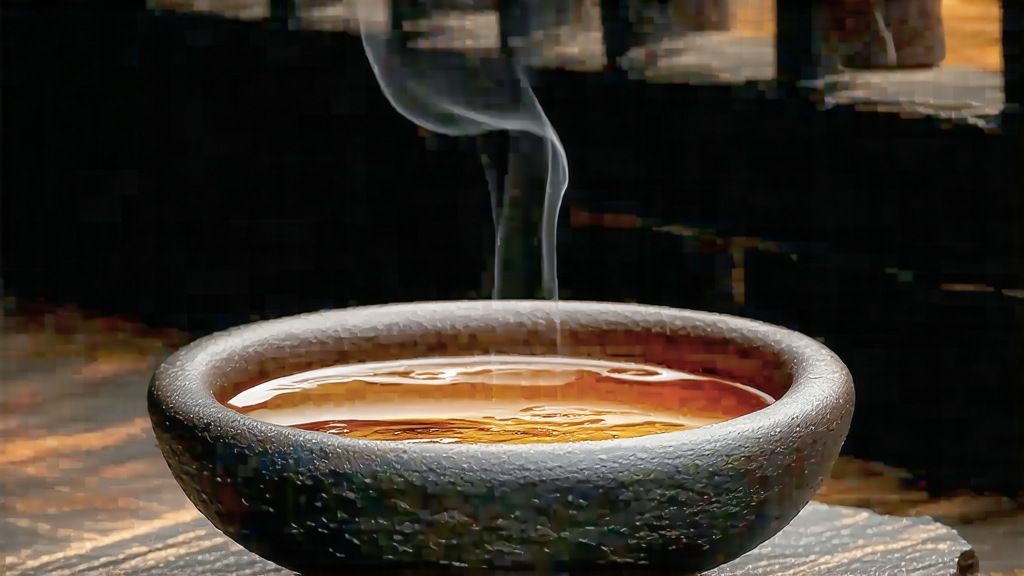
If green tea is the fresh watercolor of Chinese tea and pu-erh the slow-aged oil painting, then Phoenix Dancong from Guangdong province is the perfumed symphony—layered, evolving, and impossible to forget. Internationally it is still overshadowed by Tie Guan Yin or Da Hong Pao, yet within the labyrinthine world of oolong, Dancong occupies a singular throne: one mountain, one county, and literally hundreds of aromatic profiles coaxed from a single botanical cultivar. This article invites the global tea lover to travel, cup in hand, into the mist-locked Phoenix Mountains to discover why Dancong is considered the “perfume of teas.”
-
Historical roots: from Song tribute to modern connoisseurship
Local chronicles credit the discovery of Dancong to the Song dynasty (960-1279 CE), when imperial soldiers pursued the last court into the south. A princess, legend says, plucked a wild leaf, crushed it, and was enchanted by its peach-like aroma; courtiers then propagated the tree. More reliable Ming-era records list “Fenghuang shuixian” as tribute, and Qing dynasty merchants shipped compressed Dancong bricks along the Maritime Silk Road to Southeast Asia, where it became the morning ritual of Teochew diaspora communities. The term “Dancong,” literally “single bush,” only appears in Republican-era gazettes, emphasizing the practice of isolating individual old trees whose flavor was deemed unique. Today the city of Chaozhou still greets guests with three tiny cups of Dancong in succession—an echo of ancient hospitality. -
Terroir: one mountain, many micro-valleys
The Phoenix Range rises sharply from the Han River plain to 1,500 m within 30 km, creating a topographic amphitheater that traps clouds. Diurnal swings of 10 °C, highly weathered granite soils poor in nitrogen yet rich in potassium and trace minerals, and year-round humidity force slow growth and high concentrations of aromatic precursors. Within this range, tiny valleys carry poetic names—Wudong, Daping, Shizidou, Chouzhou—and each is further subdivided by elevation into “high mountain” (above 900 m), “middle,” and “low.” High-mountain gardens can only be reached on foot; tea is carried out in woven bamboo baskets on shoulder poles, a scene unchanged for centuries. -
Cultivars and fragrance taxonomy
Unlike other oolong regions where clonal bushes dominate, Phoenix Dancong is a sexually reproducing population. Over 200 years, farmers have selected and named trees whose finished leaf recalls familiar flowers or fruits. Thus the famous “Ten Aromas” catalog: gardenia (zhilan), jasmine (moli), almond (xingren), honey-peach (mihou), ginger-flower (jianghua), torch-ginger (yuchi), magnolia (yulan), orchid (lanhua), pomelo (youhua), and cinnamon (rougui). Each aroma type is vegetatively propagated by cuttings to preserve identity, yet even grafted progeny will drift if planted outside the mother valley, making terroir inseparable from cultivar. The most prestigious are centuries-old “mother trees” on Wudong peak; one 600-year-old specimen, Song Zhong, yields less than two kilograms annually, auctioned at prices rivaling Da Hong Pao’s mother trees. -
Craft: the dance of sun, bruise, and charcoal
Dancong processing follows the general oolong arc—withering, bruising, short oxidation, fixation, rolling, drying—but each step is tuned to amplify fragrance while preserving mountain freshness.
- Outdoor withering: leaves are spread on bamboo screens under a morning sun filtered by fog; the goal is partial dehydration, not green removal.
- Bruising: the shaken “green” (yaoqing) is gentler than in Fujian; 4–6 cycles of tossing every hour release grassy volatiles and initiate enzymatic browning.
- Oxidation: 20–30 % edge reddening is ideal; beyond that, floral notes collapse into generic fruit.
- Charcoal baking: the soul of Dancong. Using 20-year-old lychee-wood charcoal, bakers maintain a temperature window of 80–95 °C for 6–10 hours, rest the tea for 15 days, then repeat up to three cycles. The porous clay “dragon jar” diffuses heat, while the baker judges